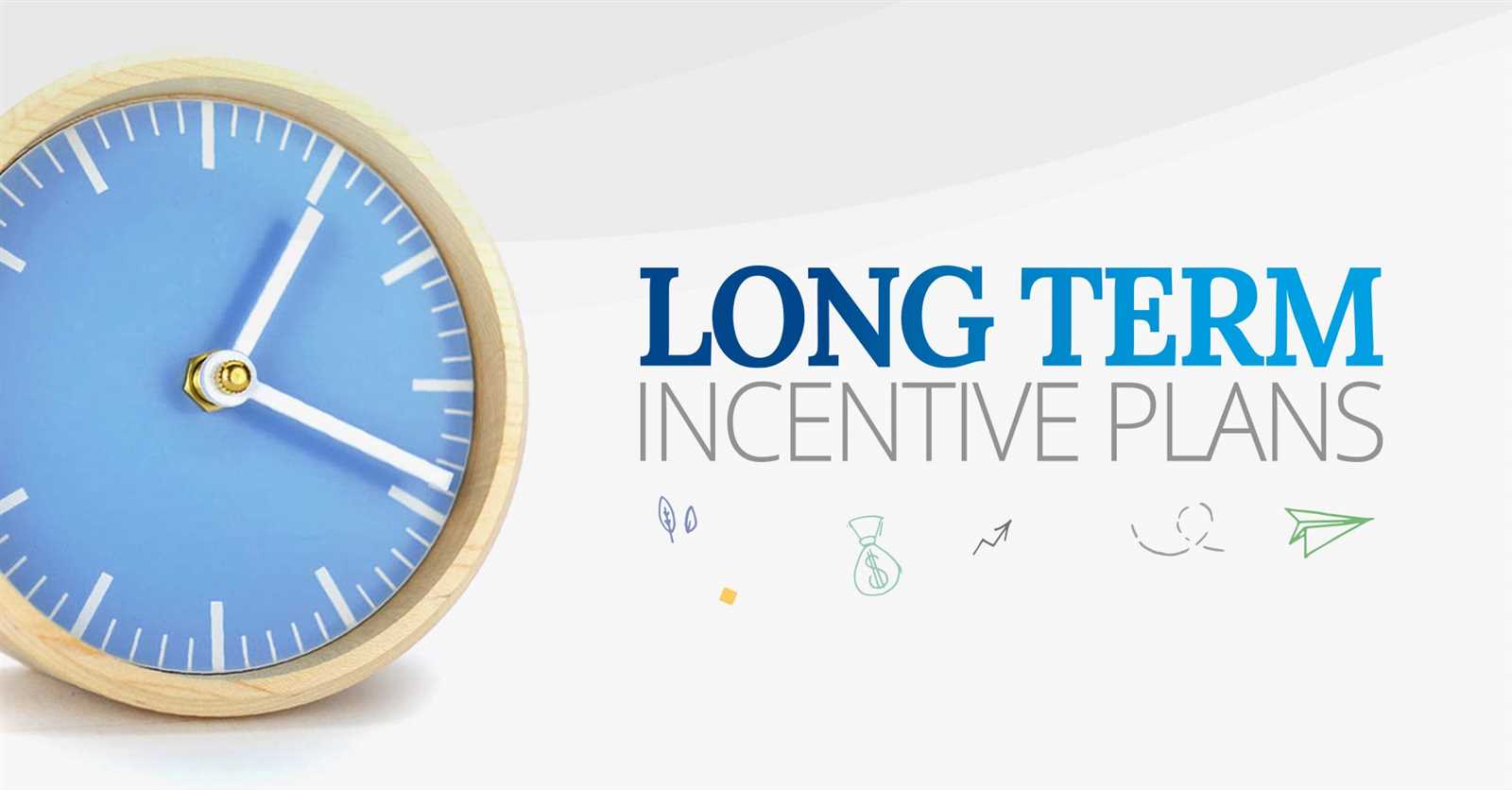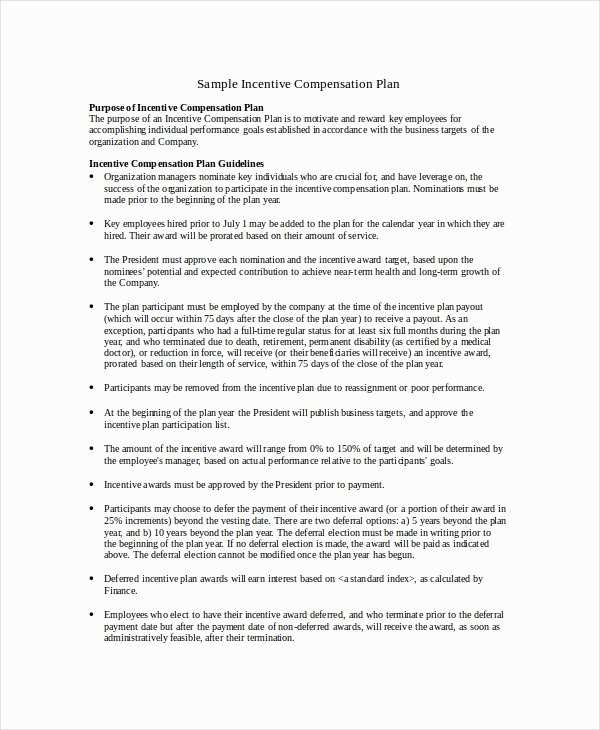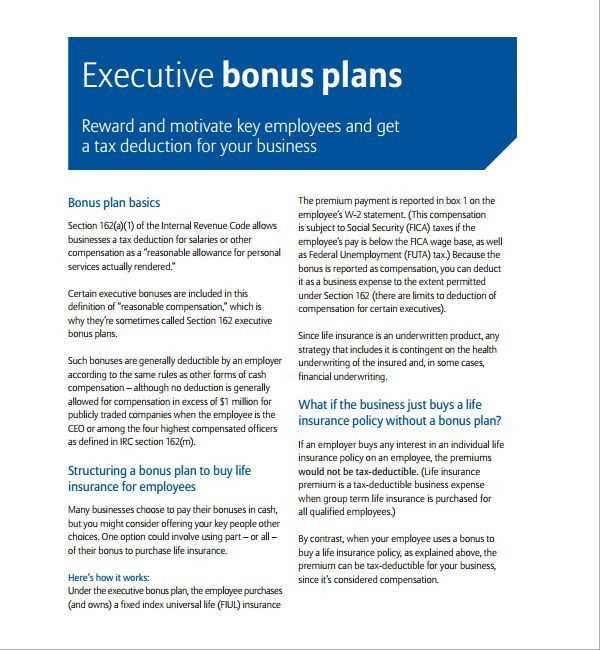Long Term Incentive Plan Letter Template for Employee Rewards

Effective communication plays a crucial role in fostering employee engagement and motivation. Companies often use written correspondence to outline benefits and rewards, ensuring employees feel valued and recognized for their efforts. A well-crafted message can strengthen the relationship between employers and their teams, leading to higher productivity and loyalty.
When creating such communications, it’s important to focus on clarity and personalization. Each message should convey the significance of the reward, highlight the employee’s achievements, and express gratitude. By doing so, employers can build a sense of purpose and trust within their teams, encouraging continued excellence.
In this article, we will explore how to create a professional and clear document that communicates appreciation and the specifics of a reward system. With the right approach, you can craft a message that resonates with your employees and aligns with your company’s goals.
Understanding Employee Reward Systems

Employee reward systems are essential for motivating staff, improving performance, and retaining talent. These initiatives are designed to align employee goals with company objectives, offering recognition and tangible benefits in return for long-term commitment and achievement. The strategy behind these systems is to provide employees with something of value that encourages sustained contribution over time.
Why Reward Systems Matter
Offering structured benefits is an effective way to show appreciation for employees’ hard work and dedication. Well-thought-out rewards serve as powerful tools for driving motivation and loyalty, which can directly contribute to a company’s overall success. In many cases, these systems are linked to milestones or key performance indicators (KPIs), ensuring that employees stay focused on the bigger picture.
How to Implement a Reward System
Implementing a successful reward initiative involves clear communication, defined goals, and transparency. Companies should ensure that employees understand the criteria for receiving rewards, whether they are financial, professional development opportunities, or other benefits. A structured approach helps employees see the direct connection between their work and the rewards they can earn.
| Reward Type | Criteria | Benefit |
|---|---|---|
| Financial | Meeting performance targets | Bonuses, stock options |
| Non-financial | Leadership and innovation | Recognition programs, extra time off |
| Professional Development | Skill growth and promotion readiness | Training programs, career advancement opportunities |
Benefits of Employee Reward Programs
Reward systems that focus on long-term employee engagement provide significant advantages to both employers and employees. By offering ongoing recognition and tangible rewards, organizations can foster a sense of loyalty and purpose among their teams. These programs contribute to building a positive workplace culture, where employees feel appreciated and motivated to contribute to the company’s growth.
The main benefits of these systems include:
- Increased Employee Retention: Employees are more likely to stay with a company that recognizes their efforts and rewards them for long-term commitment.
- Alignment of Goals: These programs help align individual performance with company objectives, ensuring everyone is working toward common goals.
- Enhanced Motivation: Regular recognition and rewards create a motivating environment, where employees are encouraged to strive for excellence in their roles.
- Improved Company Performance: When employees feel valued, their productivity increases, which can have a direct positive impact on the organization’s overall performance.
Implementing such reward systems also leads to a healthier work environment, where individuals feel a stronger sense of accomplishment and purpose. It’s not just about the rewards themselves, but also the acknowledgment of an employee’s contributions to the company’s success.
Moreover, these systems can be tailored to suit different employees and roles, ensuring fairness and inclusivity in the recognition process.
Creating an Effective Employee Communication Document
Crafting an effective communication piece to outline rewards and recognition requires careful consideration of both content and tone. The goal is to convey the value of the reward clearly and professionally, while ensuring the recipient feels appreciated. A well-structured document will not only inform the employee about the specifics but also motivate them to continue contributing to the organization’s success.
The key components of an effective message include:
- Clear Purpose: The purpose of the communication should be immediately apparent, explaining the reward and its significance in a straightforward manner.
- Personalization: Addressing the employee by name and referencing specific achievements can make the communication more meaningful and impactful.
- Concise Language: The language should be simple and to the point, avoiding jargon or overly complex phrases that could confuse the reader.
- Gratitude: Expressing sincere thanks for the employee’s contributions and dedication reinforces their value to the organization.
- Future Expectations: Clearly outline any expectations moving forward, such as maintaining performance or continuing to meet goals, while framing these in a positive light.
By focusing on these elements, you ensure that the communication serves not only as a formal recognition of achievements but also as a tool to strengthen the relationship between the employee and the company.
Key Elements to Include in Your Communication

To ensure your message is clear, professional, and motivating, it’s important to include specific elements that will make the communication both effective and meaningful. The right structure not only conveys the details of the reward but also reinforces the employee’s value and contributions to the organization.
Here are the key elements to incorporate into your communication:
- Employee Recognition: Begin by acknowledging the employee’s achievements and contributions. This personal touch helps the employee feel valued and appreciated.
- Reward Details: Clearly explain what the reward or benefit entails. Include specifics such as the value of the reward, its form (e.g., financial, professional growth opportunity), and how it will be delivered.
- Eligibility Criteria: Outline the specific conditions or performance metrics that the employee met to earn the reward, reinforcing the connection between their efforts and the benefit.
- Impact on the Organization: Highlight how the employee’s performance contributes to the success of the company. This connects their individual efforts to broader organizational goals.
- Next Steps: Provide clear instructions on any actions the employee should take or expect following the reward, such as completing a form or attending a meeting.
Incorporating these key elements will help ensure your communication is effective, meaningful, and motivational for the recipient.
How to Personalize the Reward Communication
Personalizing a message about recognition and rewards helps make the communication more impactful and meaningful. By tailoring the content to the individual, you show that their efforts are truly valued and not just part of a generic process. This approach fosters stronger connections and encourages continued performance.
Here are some effective ways to personalize your message:
- Use the Employee’s Name: Always begin by addressing the employee directly. A simple gesture like this immediately makes the communication feel more personal.
- Reference Specific Achievements: Highlight particular milestones or accomplishments that led to the reward. This helps the employee feel recognized for their unique contributions.
- Tailor the Reward to the Individual: Whenever possible, customize the reward to suit the employee’s preferences or needs. For example, offering a professional development opportunity tailored to their career goals can make the reward feel more personal.
- Include Personal Remarks: Add a personal note about the employee’s work ethic or character. Acknowledge their dedication and how it has positively impacted the team or company.
- Express Gratitude: Show genuine appreciation for their hard work. A heartfelt thank you can have a lasting effect on the employee’s motivation and sense of belonging.
By incorporating these personal touches, you can create a message that not only informs but also strengthens the bond between the employee and the organization.
Tips for Clear and Professional Communication
Clear and professional communication is essential when conveying important messages to employees. It ensures that the recipient understands the purpose, context, and next steps, while also maintaining a sense of respect and appreciation. Crafting such messages requires a balance between being informative and personable, all while keeping the tone formal yet warm.
Maintain Simplicity and Clarity
Avoid unnecessary jargon or complex language. The message should be straightforward, ensuring the employee can easily grasp the content. Use simple sentences, and be specific about the reward, expectations, and any further actions required. This helps prevent confusion and makes the communication more effective.
Keep a Respectful and Positive Tone
While maintaining professionalism, it’s also important to adopt a positive tone. Acknowledge the employee’s efforts and frame any future expectations or objectives in an encouraging manner. This approach fosters a positive work environment and motivates the employee to continue contributing.
By adhering to these principles, you can craft a message that not only informs but also strengthens the relationship with the recipient, ensuring a more engaged and motivated team.